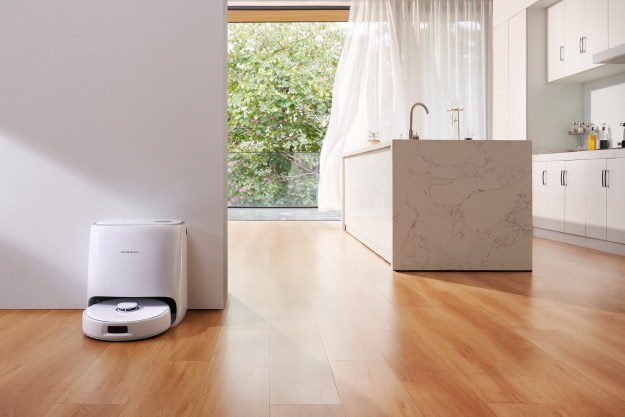
Power grids all over the world operate in similar fashions, but one located in Mannheim, Germany works a little differently: It’s smart.
Thanks to a program called the “Model City of Mannheim,” the city’s homes are all linked to a smart network that prioritizes renewable energy. All 1,500 customers have their energy use monitored by boxes called “energy butlers,” letting them understand their consumption and program appliances such as the dishwasher to operate when the supply is highest — and the price is the lowest.
“Over the power grid itself, we can send information back from the meters, from measurement devices, about power quality, about the current status of the grid,” Power Plus Communications’ Thomas Wolski told CNN of the grid’s broadband power lines. Power Plus is running the project.
Because it relies so heavily on unreliable yet renewable sources of energy — the wind doesn’t always blow during peak consumption times — the system’s feedback helps keep energy use and production balanced.
While Wolski thinks the system is scalable and could be used almost anywhere, it’s definitely one that takes investment and time. Much of the U.S.’s renewable power sources aren’t well integrated into the energy grid. The Mannheim project started small and expanded first to 200 homes, adding more year by year; if anything similar were to happen here, it would probably require baby steps as well.
Editors' Recommendations
- Do smart plugs really help to cut down energy use?
- How much will a smart thermostat really save on energy costs?
- LA fire department to go electric with first battery-powered fire truck in U.S.
- Freaked out by the FBI’s smart TV warning? Here’s what you should do
- FedEx’s autonomous delivery robot sent packing by New York City


